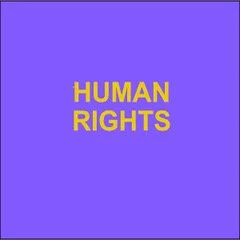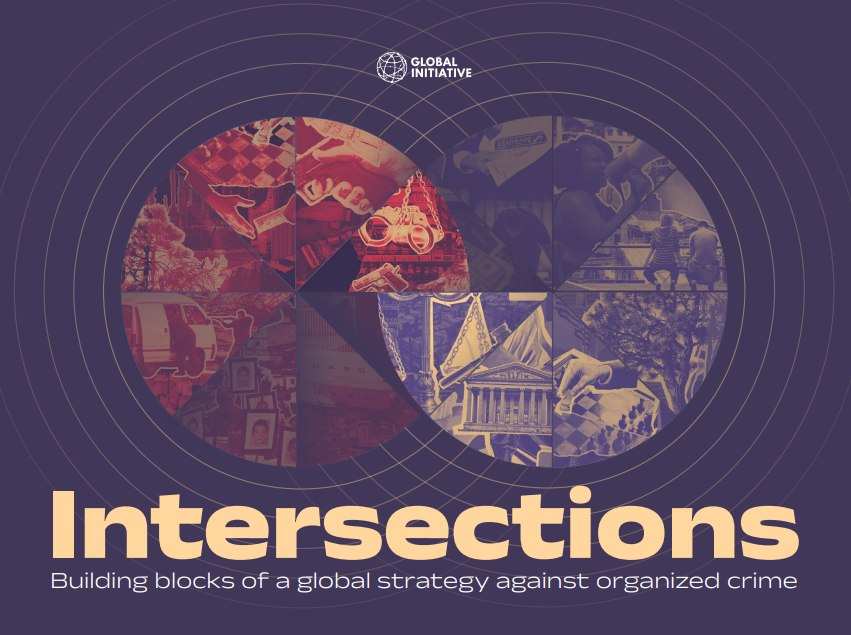Edited by Sareta Ashraph, Carmen Cheung Ka-Man, and Joana Cook
Beginning in 2013 and accelerating throughout 2014, the armed group, the Islamic State in Iraq and the Levant (ISIL or Islamic State, also known by its Arabic acronym, Da’esh), seized large swathes of territory in a relentless campaign across Iraq and Syria. By August 2014, the Islamic State had declared its caliphate, with an estimated ten million people living under its control. Between 2013 and its territorial defeat in Syria in March 2019, ISIL committed numerous atrocity crimes, including genocide, murder, enslavement, sexual violence, torture, and forced displacement. Thousands of men, women, and children from more than 80 countries travelled to join ISIL during its reign. Many did so willingly, others were trafficked. Since the collapse of the self-declared caliphate, tens of thousands of suspected ISIL members or individuals linked to ISIL remain in custody in eastern Syria. Many are held without charge in makeshift prisons or camps notorious for substandard living conditions and precarious security. The vast majority of the detainees are women and children. Though ISIL is no longer considered capable of large-scale attacks within Iraq and Syria, its influence remains through its approximately 2,500 to 3,500 members and the risk of radicalization and recruitment within the camps is high. To address this difficult and dangerous situation and to advance accountability for IS crimes, some NGOs, the UN and some countries have urged the rapid repatriation of foreign detainees to their home countries. Many countries remain reluctant, however, to bring individuals back. For those countries that have repatriated and, in some cases, prosecuted ISIL-linked individuals, criminal charges have largely focused on terrorism-related offences without addressing the core international crimes–including genocide, crimes against humanity, and war crimes–committed by the group. Thus, such prosecutions fall short of accountability for the full breadth and depth of ISIL’s crimes. Despite significant information relating to ISIL’s commission of crimes, investigators and prosecutors seeking to build criminal cases against individuals face multiple challenges, including linking crimes to specific individuals and understanding the why and how of ISIL operations, and the ideologies and systems that made these atrocities possible. It is only by developing a more comprehensive and nuanced understanding, that prosecutions of ISIL-linked individuals will render into the evidential and historical records the full dimensions of ISIL crimes. Recognizing this challenge, the Center for Justice and Accountability (CJA) engaged in consultations with UN mechanisms, national prosecution units, and other stakeholders to identify specific knowledge gaps, particularly when it comes to proving elements of core international crimes committed by ISIL. From these conversations, CJA put out a call for papers, ultimately engaging eight experts on ISIL across various research disciplines to produce research addressing some of these evidentiary gaps. Each chapter is self-contained and may be read on its own. The resulting papers, now presented here as a book, examine many aspects of ISIL structure, ideologies, policies, and operations, ranging from its approach to the treatment of religious minorities, women, and children to an analysis of how its sophisticated and complex propaganda machine was used to incite violence. A resource for investigators and prosecutors, the papers aim to support the building of cases that reflect the full scope of the crimes committed by ISIL, beyond terrorism offences, and in so doing, carve a path to justice for victims, survivors, and their families.
The Hague: ICCT Press 2024. 212p.





















